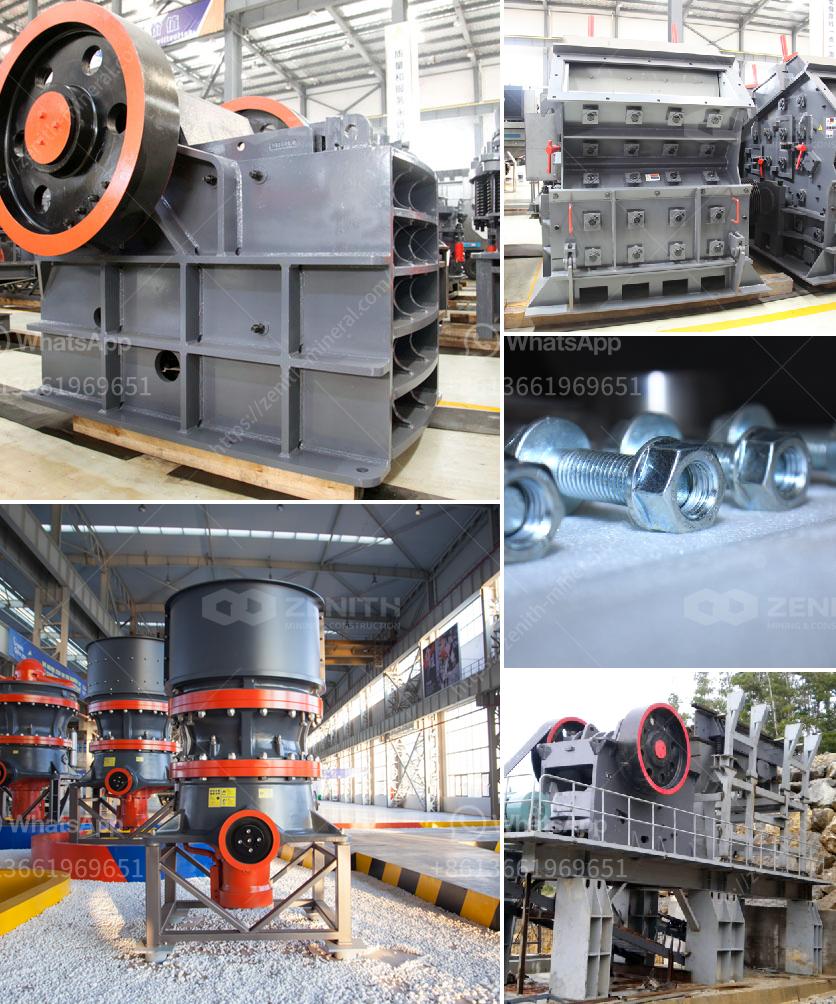Portable crushers, also known as mobile crushers, are used in various industries to crush stones and other materials. These crushers are designed to be easily transported and set up at different locations, making them highly versatile and efficient for on-site crushing operations. Here's a detailed explanation of how portable crushers are fed stone:
Portable crushers are typically fed stone using various types of loading equipment. The most common types of loading equipment include:
The hopper is a large container at the top of the crusher where the stone is initially loaded. The hopper is designed to hold a significant amount of stone, allowing for continuous feeding of the crusher. The size and design of the hopper can vary depending on the type and size of the portable crusher.
Once the stone is loaded into the hopper, it is fed into the crusher using a feeder mechanism. There are several types of feeder mechanisms used in portable crushers:
Once the stone is fed into the crusher, it is crushed using various mechanisms depending on the type of crusher. Common types of portable crushers include:
After the stone is crushed, it is typically transported away from the crusher using conveyor belts. These belts move the crushed stone to a stockpile or directly to the next stage of processing, such as screening or further crushing.
Modern portable crushers are equipped with advanced control systems that allow operators to monitor and adjust the crushing process. These systems can include sensors, cameras, and automated controls to ensure efficient and safe operation.
In summary, portable crushers are fed stone using a combination of loading equipment, hoppers, feeder mechanisms, and conveyor belts. The specific process can vary depending on the type of crusher and the requirements of the operation. By understanding the various components and mechanisms involved, operators can ensure efficient and effective crushing of stone in a portable crusher setup.
